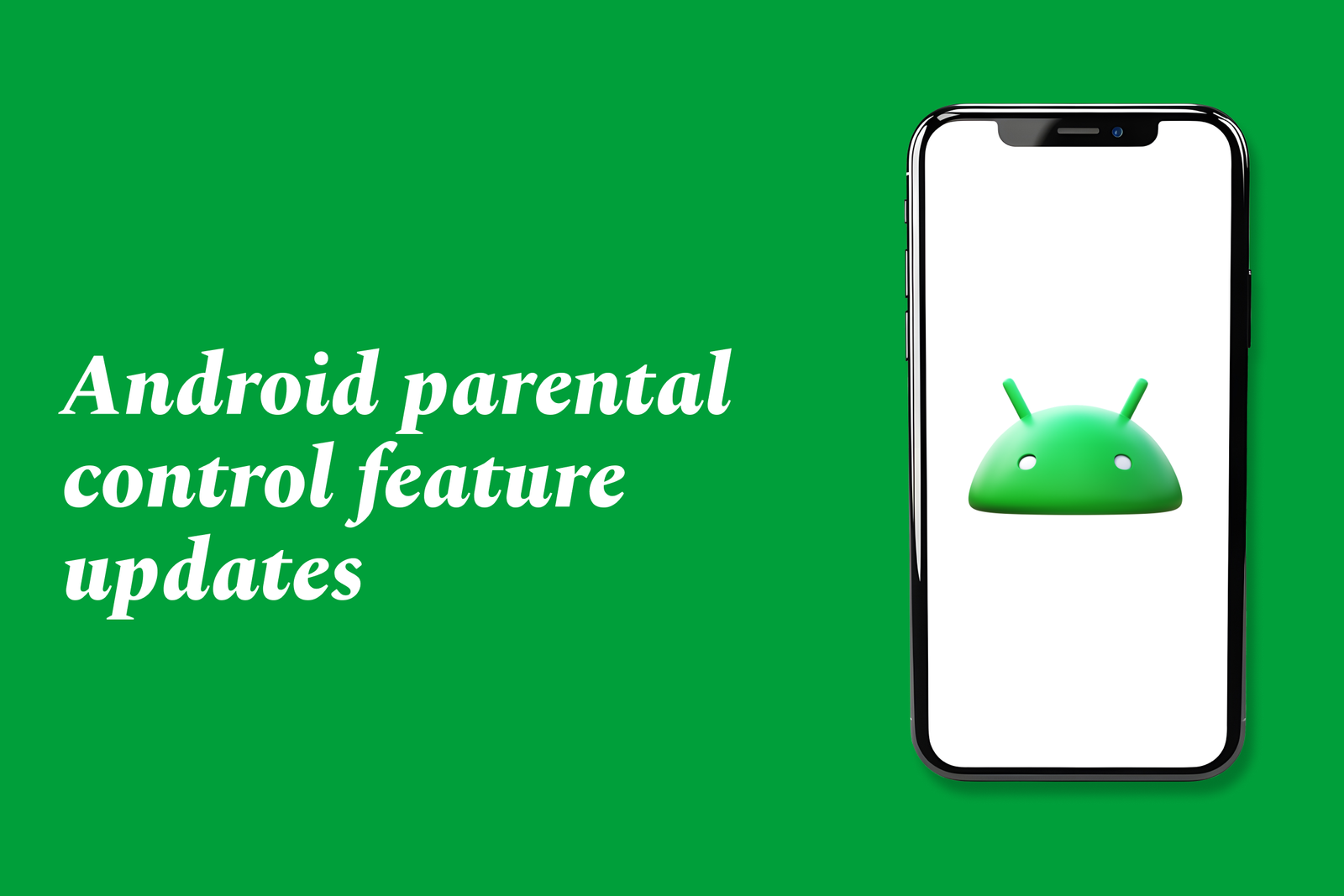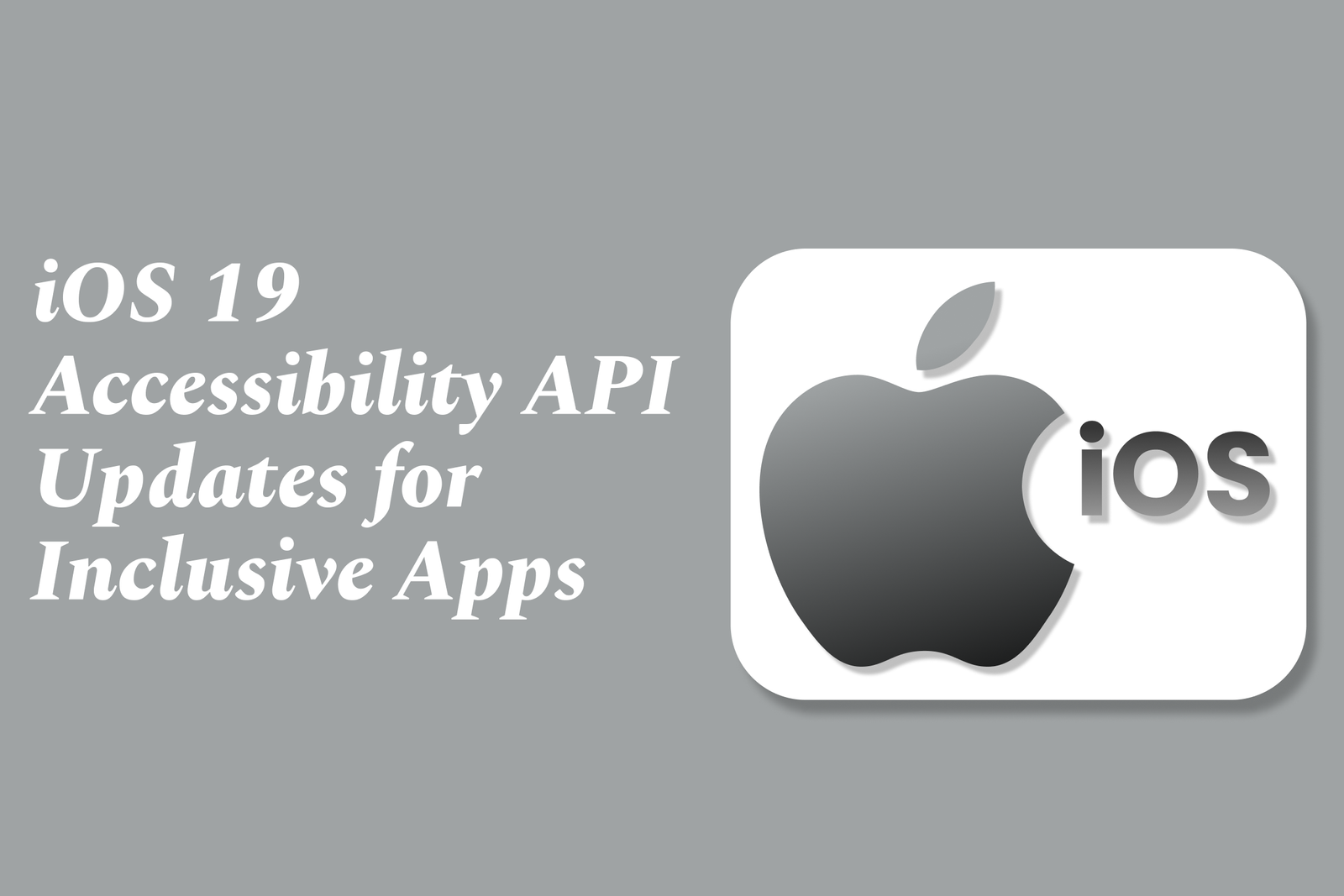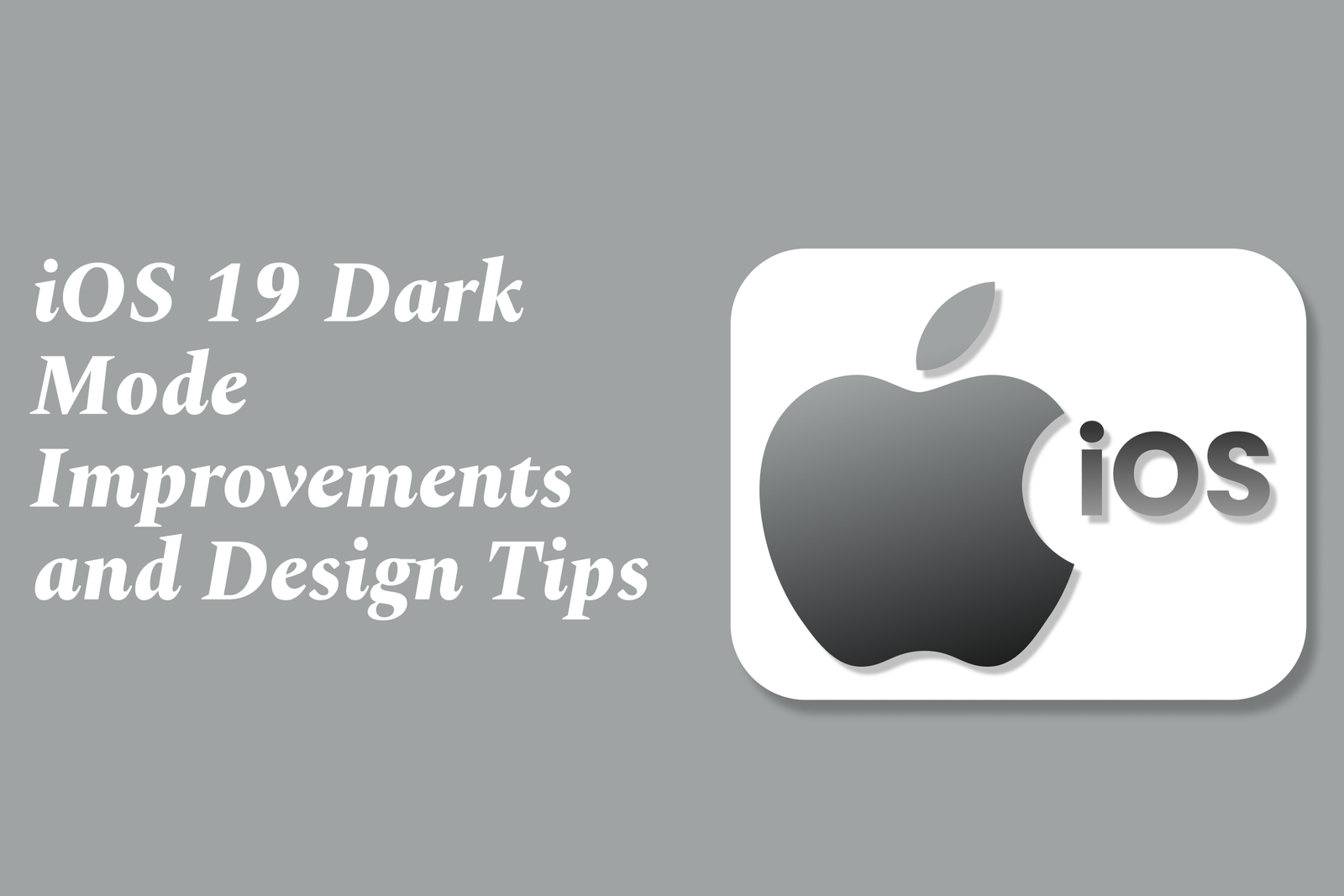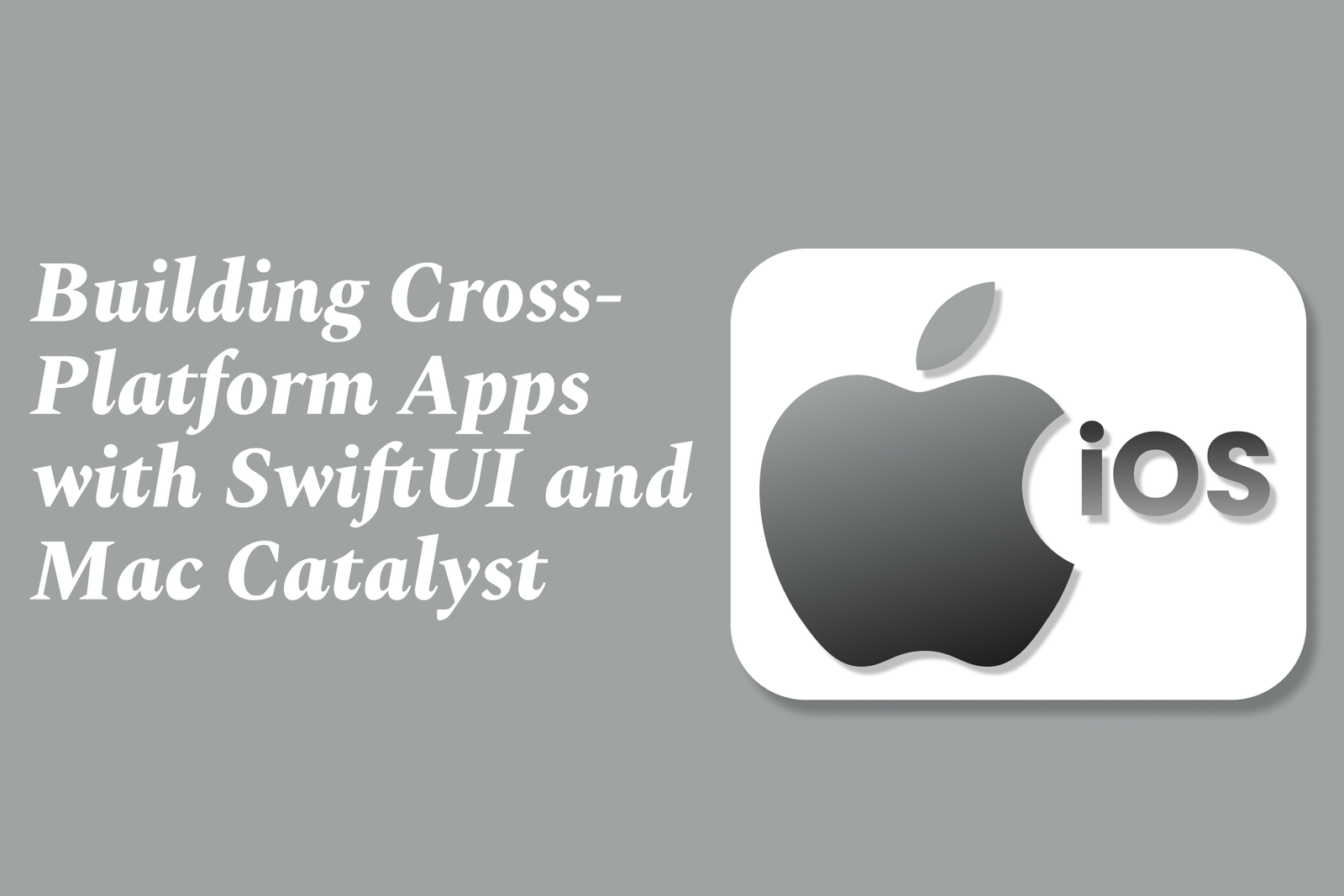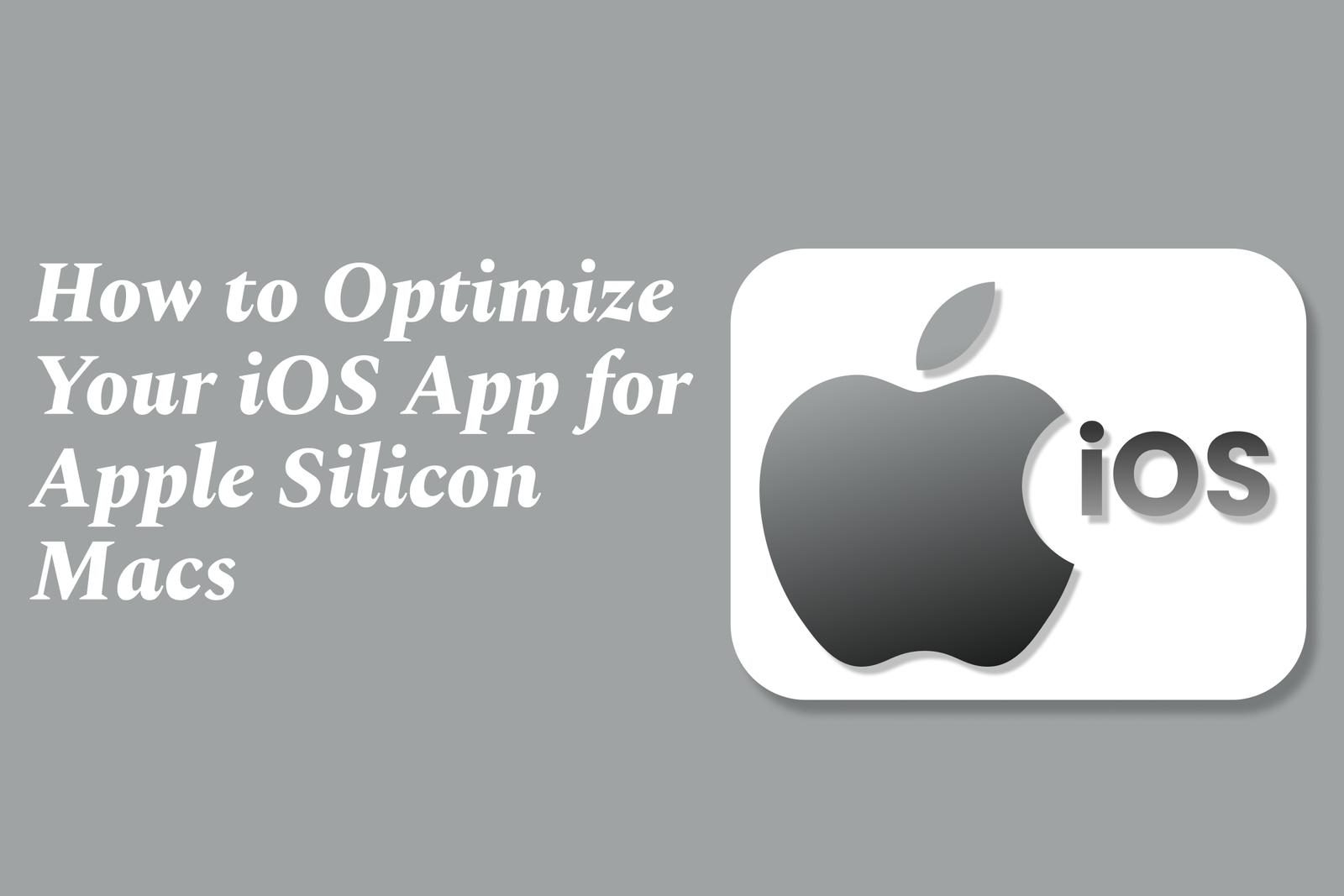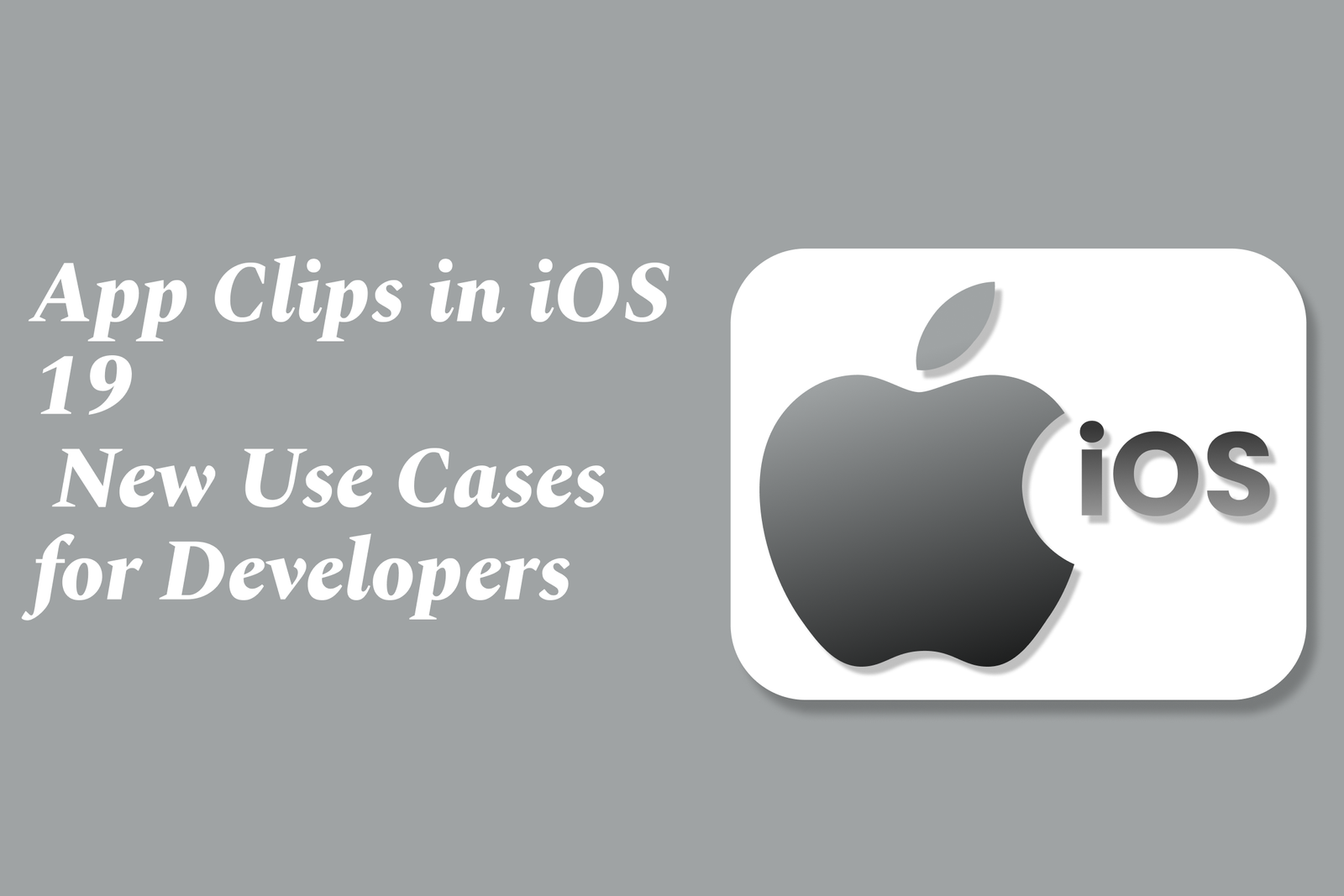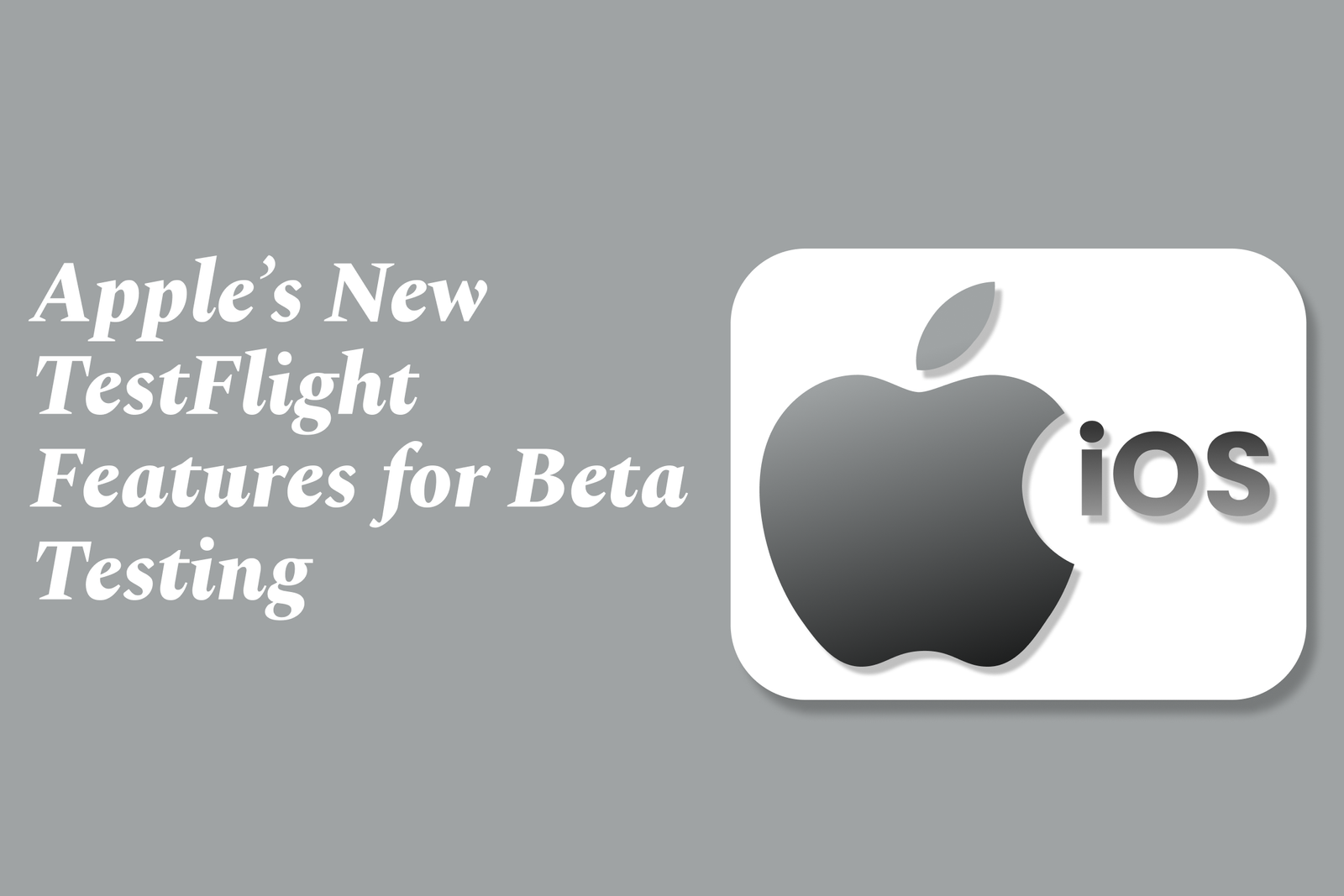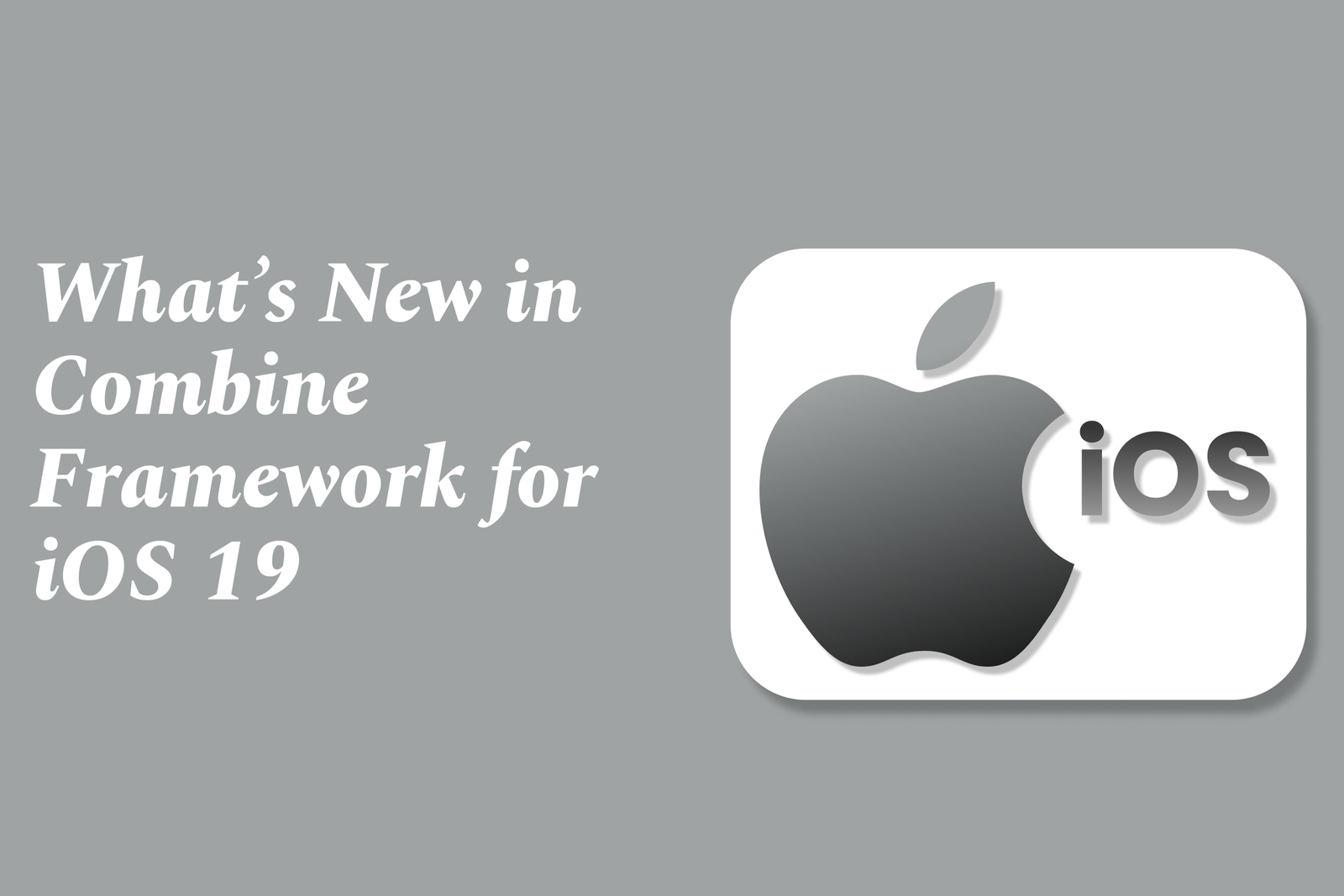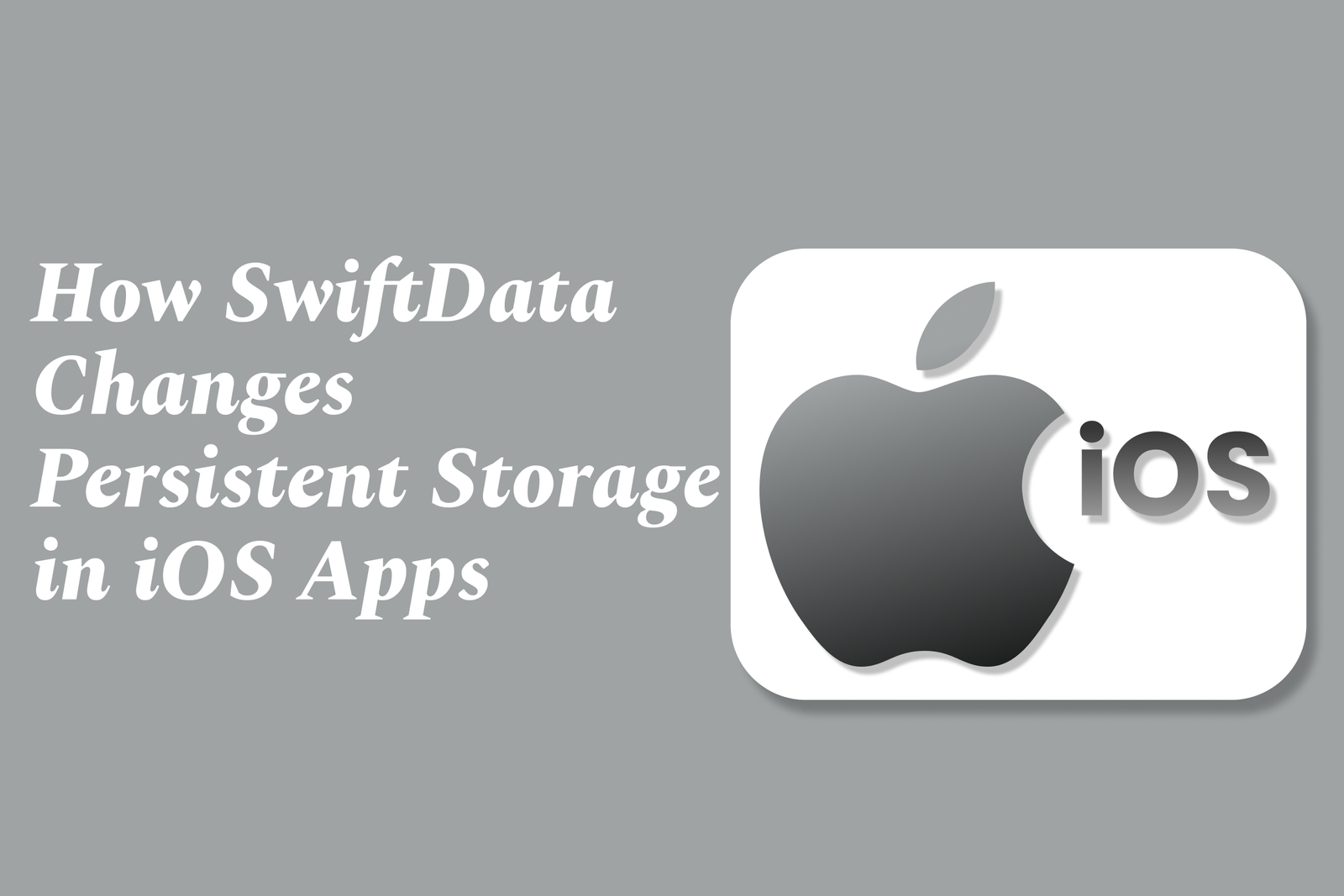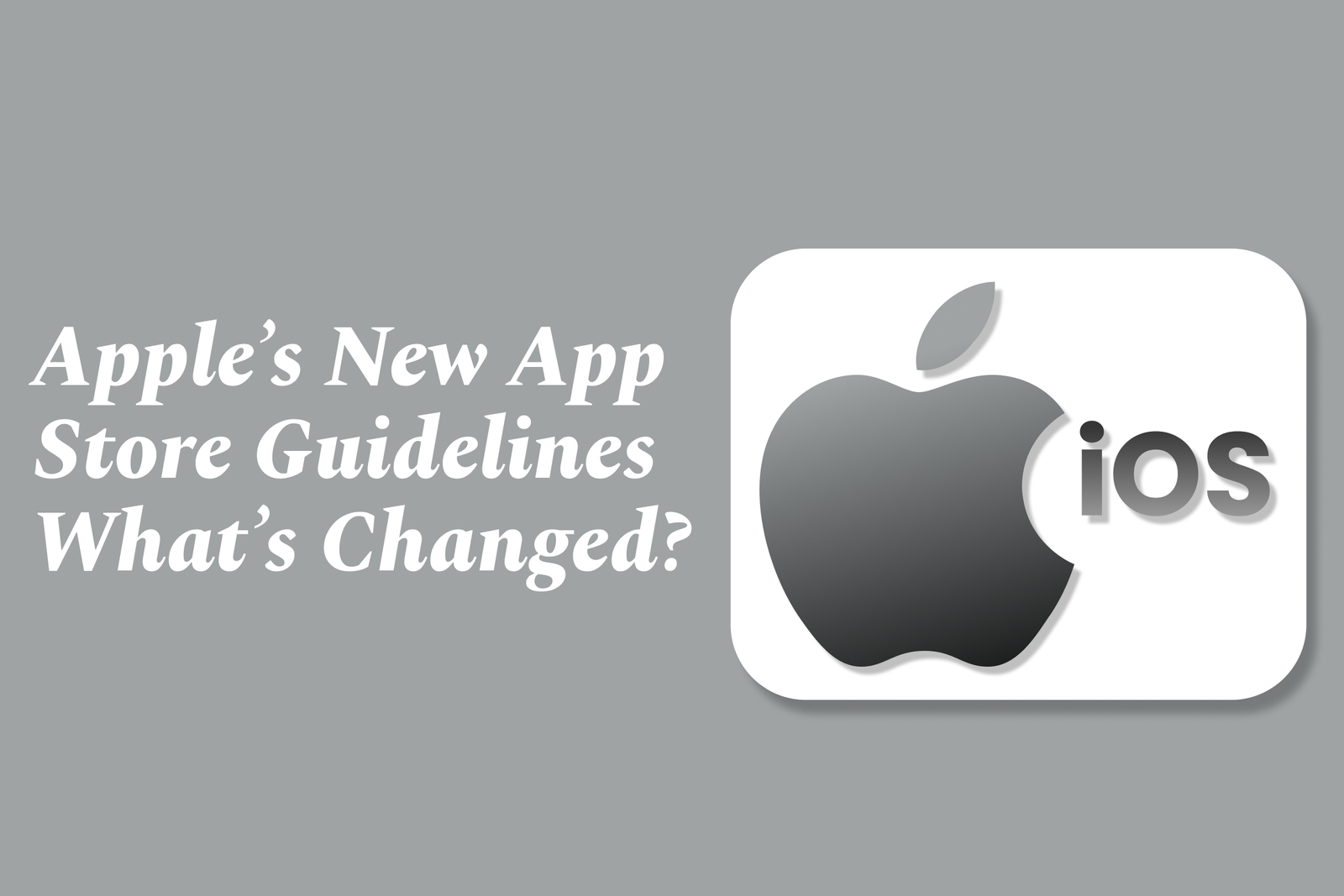Android Parental Control Feature Updates
Android parental control updates enhance child safety by offering real-time monitoring, app notifications sync, screen time limits, app blocking, precise GPS tracking, and location alerts, enabling parents to manage and protect their children's device usage more effectively and securely.
Android parental control feature updates
1 ) Introduction to Android Parental Controls
Android parental control features focus on ensuring children's safety while using mobile devices. These controls monitor, limit, and filter children's activities, helping parents supervise and guide device usage effectively.
2 ) Key Features of Updated Parental Controls
Real time Monitoring: Parents can view their child's device screen live to track app usage and behavior.
App Notification Sync: Notifications from social media apps (Facebook, Instagram, Messenger, etc.) sync to the parent's device for quick awareness of interactions and to help prevent cyberbullying and fraud.
Screen Time Management: Customized schedules allow parents to restrict device use during specific periods, such as school hours, enhancing focus and discipline.
App Blocking: Permissions can be set for which apps kids may access, with alerts triggered when new apps are installed or deleted.
GPS Location Tracking: High accuracy tracking enables parents to monitor their child's real time location and review historical routes for safety assurance.
Location Alerts (Geofencing): Custom geofences notify parents when children enter or exit designated safe or restricted areas, offering continuous protection.
Battery Status Monitoring: Device charging levels are tracked, sending reminders to children to charge their phones to maintain communication uninterrupted.
3 ) Activation and Usage
Parents install the control app on their device and connect it to the child's device via an invite link or code. Once connected, comprehensive control and monitoring options become available. A single subscription typically covers multiple devices.
4 ) Privacy and Security
Parental control apps encrypt data in transit and protect children's privacy. No data is shared with third parties, underscoring secure safeguarding of family information.
5 ) Ongoing Updates
These features continue to evolve, with improvements in usability, performance, and added functionalities to respond to parental needs and technological advances.
This summary highlights the crucial updates and capabilities of Android parental control features designed to empower parents with effective tools for child safety and device management.
https://justacademy.in/news-detail/android-device-manufacturer-announcements
https://justacademy.in/news-detail/flutter-layout-grid-system-update
https://justacademy.in/news-detail/flutter-global-summit-updates
https://justacademy.in/news-detail/speech-recognition-in-flutter-using-ai
https://justacademy.in/news-detail/android-apps-for-remote-work-and-education
Related Posts
SwiftUI’s new animation APIs enhance flexibility and control, enabling developers to create smoother, more complex animations with improved timing, transitions, and cross-platform support. These updates simplify building dynamic, engaging UIs across Apple’s ecosystem.
iOS 19 Accessibility API updates enhance app inclusivity by offering improved VoiceOver support, advanced gesture recognition, adaptive UI elements, and better integration with assistive devices, enabling developers to create more accessible, user-friendly experiences for everyone.
iOS 19 enhances Dark Mode with deeper blacks, smoother visuals, and improved system consistency. Designers should focus on balanced contrast, readable typography, subtle colors, and seamless Light/Dark transitions to create comfortable, accessible, and visually appealing dark-themed interfaces.
Building cross-platform apps with SwiftUI and Mac Catalyst lets developers create a single codebase that runs seamlessly on iOS, iPadOS, and macOS, combining SwiftUI’s unified UI framework with Mac Catalyst’s ability to bring iPad apps to the Mac efficiently.
Optimizing your iOS app for Apple Silicon Macs involves ensuring native compatibility, adapting the UI for larger screens and input methods, enhancing performance using ARM architecture, leveraging macOS-specific features, and thorough testing to deliver a seamless app experience on Apple’s desktop hardware.
App Clips in iOS 19 are lightweight app modules that launch instantly without full installation, enabling developers to offer quick, context-driven experiences like seamless ordering, payments, and check-ins, enhancing user engagement and boosting app discovery in new real-world scenarios.
Apple’s new TestFlight features simplify beta testing across all Apple devices, enabling developers to easily distribute apps, games, and App Clips to testers without complex setup, supporting automatic updates, device requirements, and broad language options for seamless testing.
iOS 19’s Combine framework update introduces enhanced async handling, improved publisher types, and better integration with SwiftUI, streamlining reactive programming for smoother, more efficient event-driven app development and simplifying asynchronous data flow management.
SwiftData modernizes persistent storage in iOS apps by offering a simpler, Swift-native framework that integrates seamlessly with SwiftUI, reducing boilerplate code and improving data management with declarative syntax, streamlined relationships, and built-in support for cloud syncing.
Apple’s updated App Store Guidelines introduce more detailed age ratings, support alternative app distribution in the EU, and enhance TestFlight beta testing with broader device support and extended testing periods—strengthening app safety, compliance, and developer flexibility.
